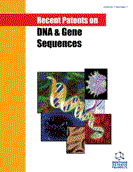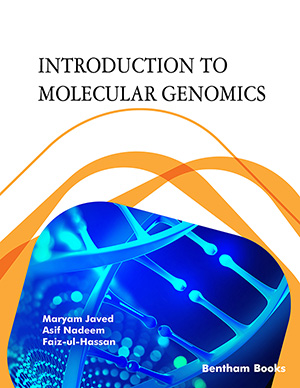Abstract
Proprotein convertase subtilisin/kexin type 9 (PCSK9), the ninth member of the proprotein convertase (PC) family, has emerged as a potential target for reducing plasma low-density lipoprotein cholesterol (LDL-c) levels. PCSK9 post-transcriptionally downregulates the low-density lipoprotein receptor (LDLR) in the liver by binding to the epidermal growth factor-like repeat A (EGF-A) domain of the LDLR and thereby controls the level of LDL-c in plasma. Some of its natural mutations called gain-of-function mutations cause hypercholesterolemia and coronary heart disease (CHD), whereas loss-of-function mutations in the PCSK9 gene are associated with hypocholesterolemia. This review summarizes the current understanding of PCSK9 and recently published patent and patent applications on methods and techniques that may efficiently reduce plasma LDL-c levels through inhibiting PCSK9 expression by antisense oligonucleotides, small interference RNAs (siRNAs), specific antibodies, or other small molecules.
Keywords: PCSK9, LDL receptor, SREBP, gain-of-function mutation, loss-of-function mutation, hypercholesterolemia, EGFA repeat
 13
13











